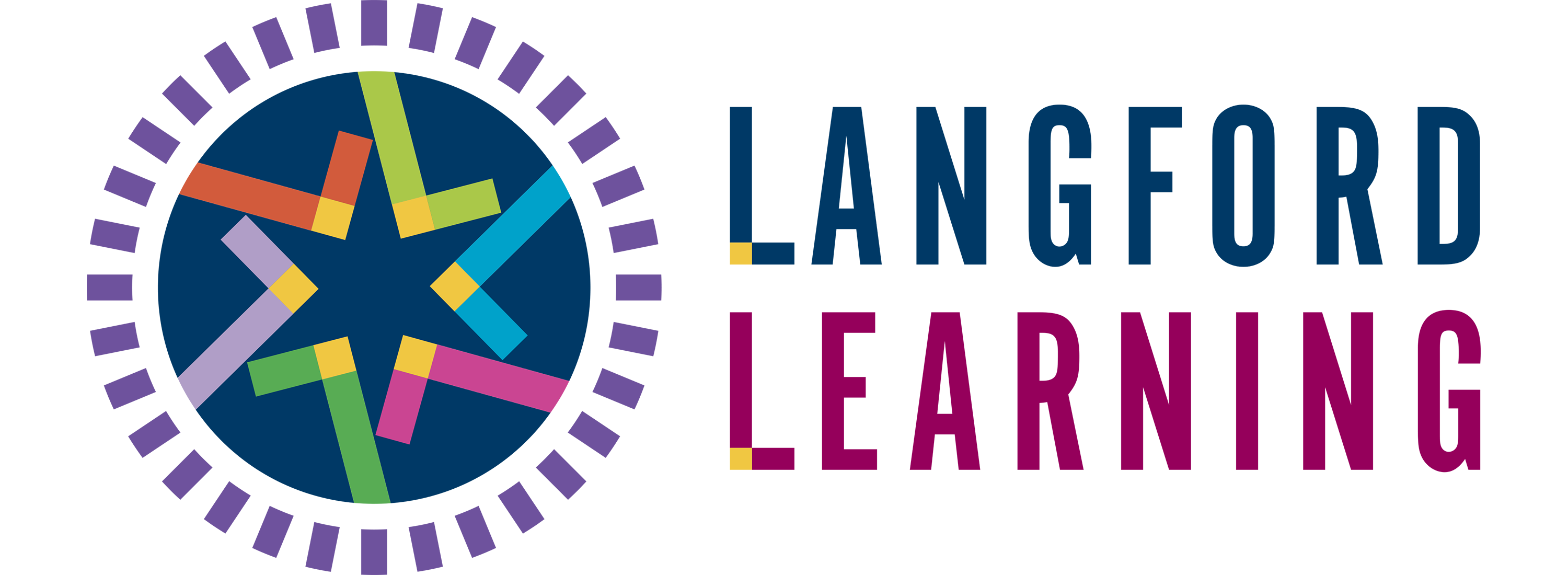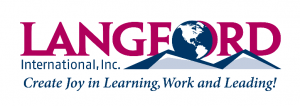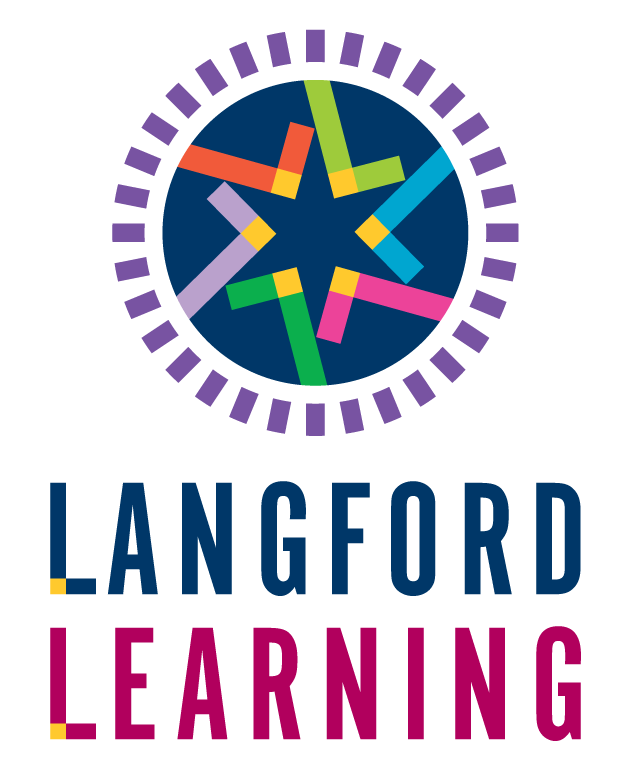Subtotal: $75.00
Quality Learning: Transformation Thinking
- David Langford
- Business, Education, General
- 0 Comments

Improvement of any system or process requires some degree of change. If we continue to do what we have always done, we will continue to get what we have always gotten. Australian educator Caroline Press said it well, “If you want things to change, change something!!”
The question then becomes what, when, where and how do we improve a system and at what level do we begin? I believe the transformation of a system has a more powerful systemic effect than reformation. Shift happens at the individual level of thinking and causes systemic changes over time. Reformation often occurs at the governing level. Reform changes do cause systemic change to take place, but are they aimed at the correct target of learning improvement? A case in point is the No Child Left Behind (NCLB) antiquated reform in America. NCLB was a massive federal government effort for reform. The data on nationwide school improvement with NCLB is inconclusive and debatable. Indeed, it has forced schools to perform better data analysis, and it set a target; 100% of all students will be academically proficient by the end of the 2013-14 school year. But the most essential component missing in this reform is the answer to the following question: “By what method will we achieve such gains?” Consequently, the target was not met and very little progress resulted, no matter how much pressure the government put on schools.
Why do politicians and people with formal position resort to reform as a method to attempt transformation? Transformation of thinking is difficult; it takes time, persistence, continual coaching, and feedback. It is easier to try reform by offering a reward for the best than to persuade the hearts and minds of people in the system to change. Each individual who seeks a better result has to start with the largest system over which they have influence. If you are a teacher, your job is to lead a continual transformation toward greater levels of learning within the classroom. If you are an administrator, your job is to lead a continual transformation toward greater levels of learning within the school or district. Stop thinking about reforming education and start thinking about transforming thinking.
The first step in transforming a system is acknowledging dissatisfaction with the present system. As long as individuals are satisfied with what is currently happening, there is no impetus to improve. Years ago, in the Leander Independent School District in Leander,Texas, they started calling me “the disturbance.” After our improvement training sessions, they felt disturbed by the thought that they should be doing better. So what did they start to do? In 1994, Leander started a transformation thinking process called “Getting Better Together, The Leander Way” which has caused a significant transformation in thinking over an extended period. Below is just one indicator that Leander’s approach has been transformational and is continuing.
“Getting Better Together, The Leander Way” is the consistent message communicated throughout the district. This message conveys their method of using data, tools, PDSA, ideas, processes, research, and communication to achieve a common aim – improved student learning. Leander’s transformation is even more astonishing when you consider they have grown from approximately 3000 students in 1992 to 55,000 + students in 2020. Yes, they had to cope with transforming the organization’s thinking. Still, they had to do it within the reality of exponential population growth.
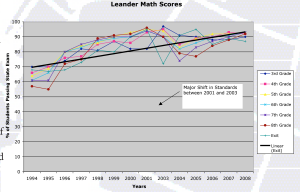 Please do not start calling or visiting Leander with the intent of copying the “Getting Better Together, The Leander Way “program. Thinking you can reform a system by copying someone else’s program is like thinking you are a professional chef because you can successfully copy a recipe. If what you are doing is not helping to learn, stop doing it. If it is helping to learn, focus on the identified improvement processes, and share your successes. We learn from our successes as well as our failures. “Essentially, all models are wrong, but some are useful.” – George E. Box.
Please do not start calling or visiting Leander with the intent of copying the “Getting Better Together, The Leander Way “program. Thinking you can reform a system by copying someone else’s program is like thinking you are a professional chef because you can successfully copy a recipe. If what you are doing is not helping to learn, stop doing it. If it is helping to learn, focus on the identified improvement processes, and share your successes. We learn from our successes as well as our failures. “Essentially, all models are wrong, but some are useful.” – George E. Box. I have helped Leander through the years and continue to support them with training and consulting. However, their successes and failures are all their own. Leander will be quick to tell you they still have problems, but most people who visit say, “I wish we had your problems.” Leander is an example of what Dr. W. Edwards Deming said was how to achieve quality, a committed group of people working consistently.
Who are the keys to Leander’s success? The people who are part of the system, internally from the students to teachers to support staff to clerical staff and administrators, and those outside the system – consultants and trainers and parents, businesses, and government entities. The keys to success are the people who are willing to embrace transformational thinking and put into action the successful processes and plans developed as a part of the transformation thinking process.
“The most visible transformation is the staff enthusiasm generated by this philosophy. It has rekindled the spirit of educators frustrated by an antiquated system of education. It has also generated enthusiasm among students as bit by bit, step by step, the on-going transformation shifts attention from teaching to learning and student ownership.”
– Monta Akin, (former) Assistant Superintendent
Leander Independent School District
Leander, Texas, USA
Best regards,
David P. Langford President, Langford International, Inc.
-
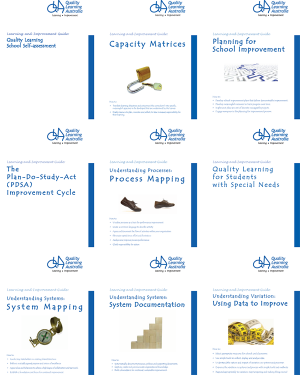
Guidebook Bundle (Read-Only PDF Download)
$90.00 Add to cart -
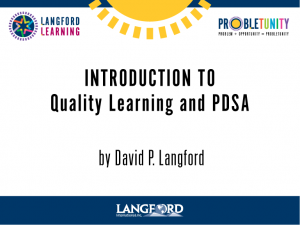
Introduction to Quality Learning and PDSA
$497.00 Select options This product has multiple variants. The options may be chosen on the product page -
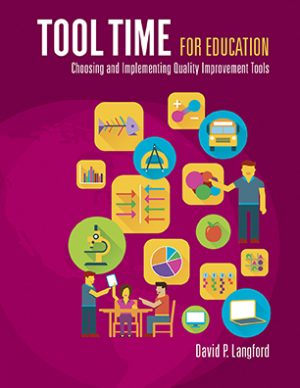
Tool Time for Education
$75.00 Add to cart
